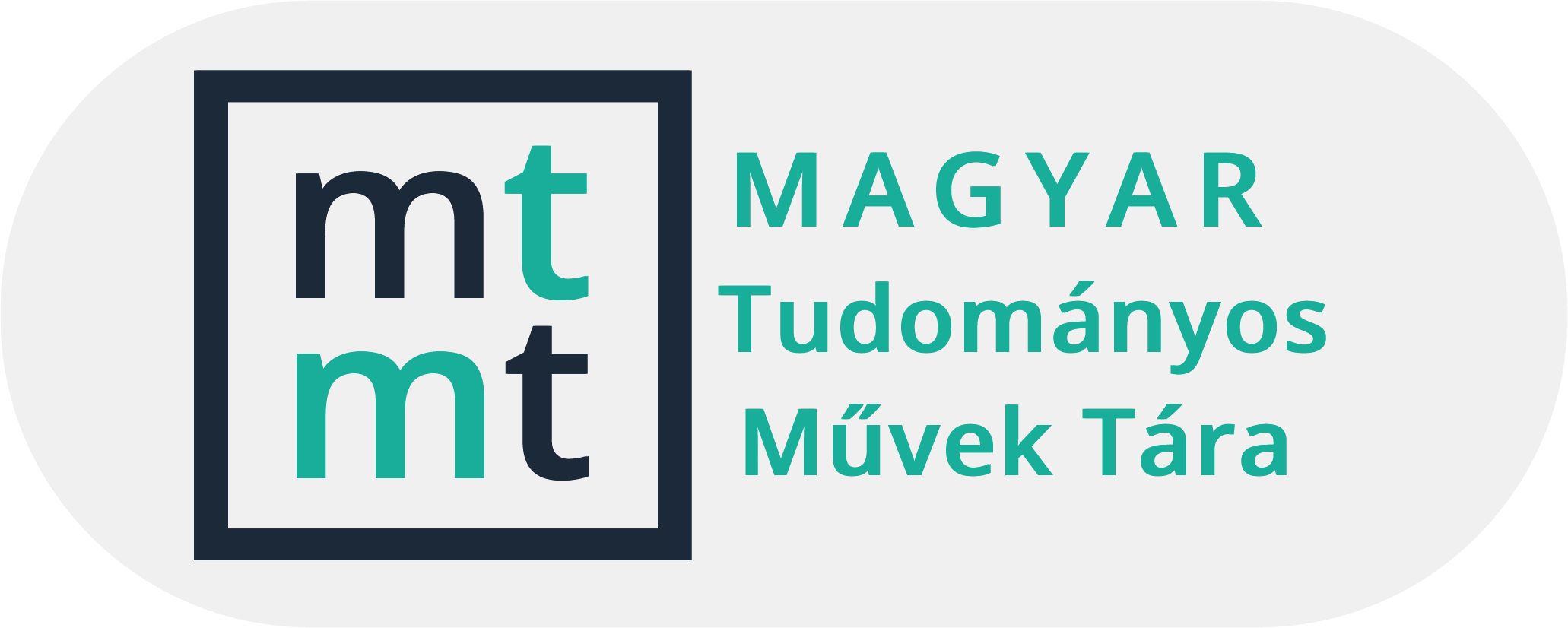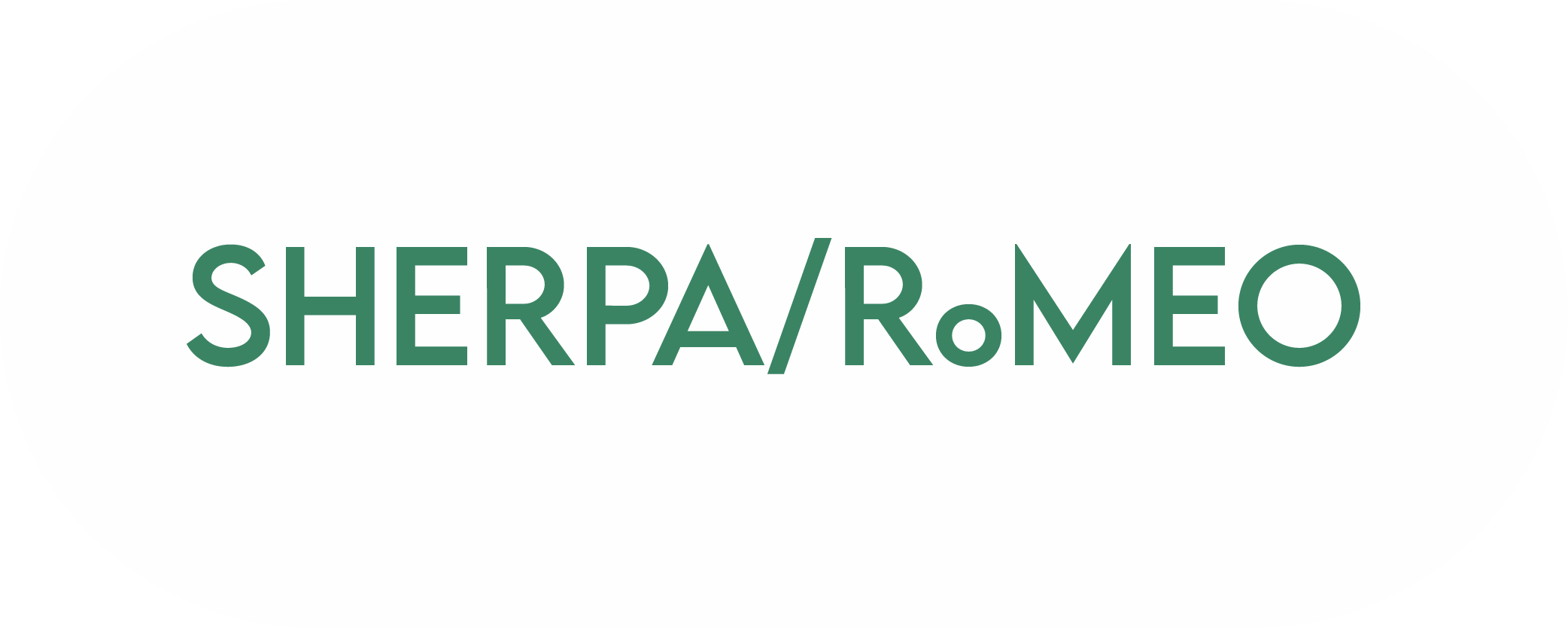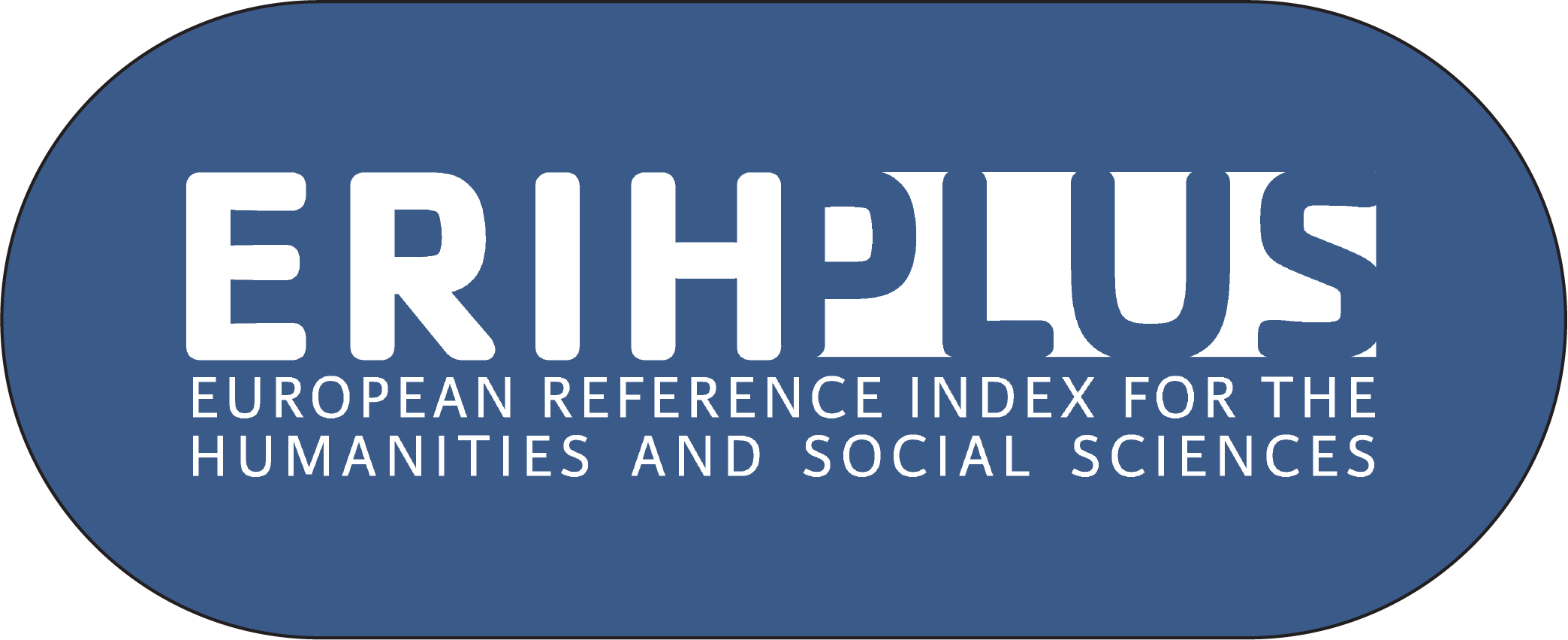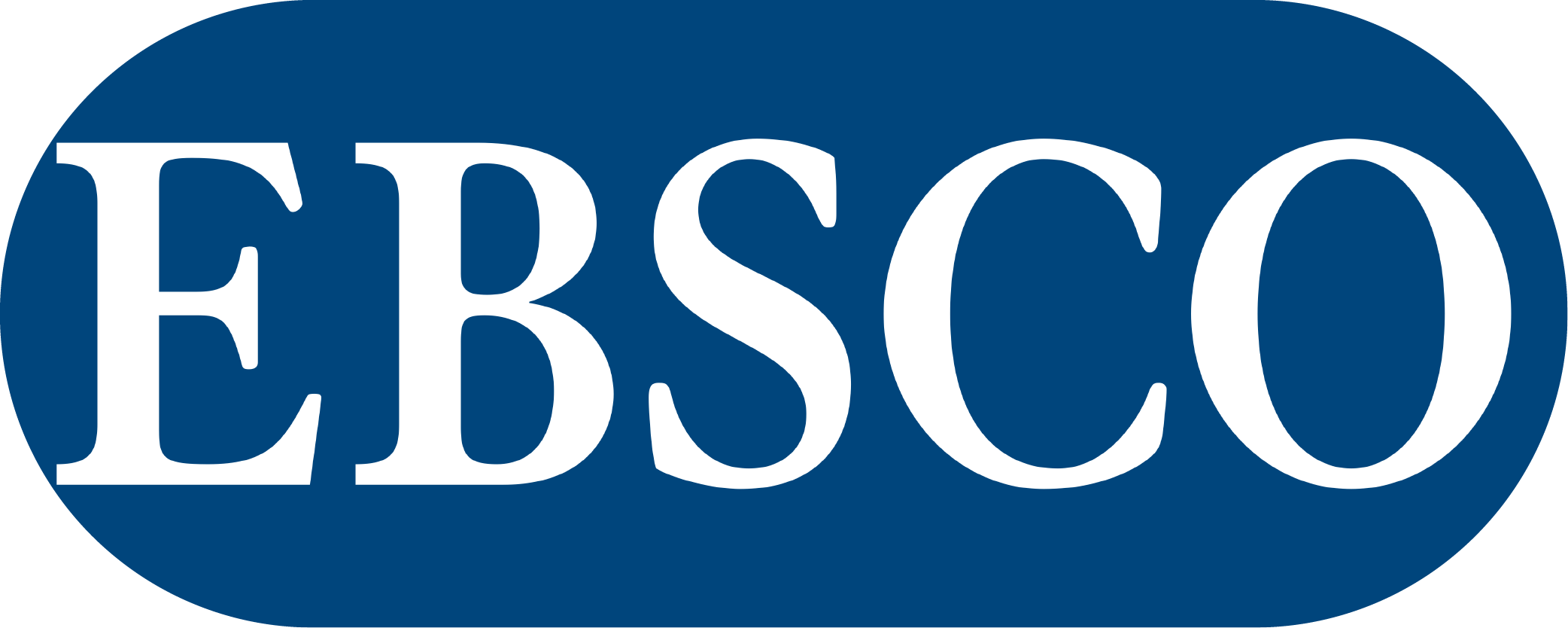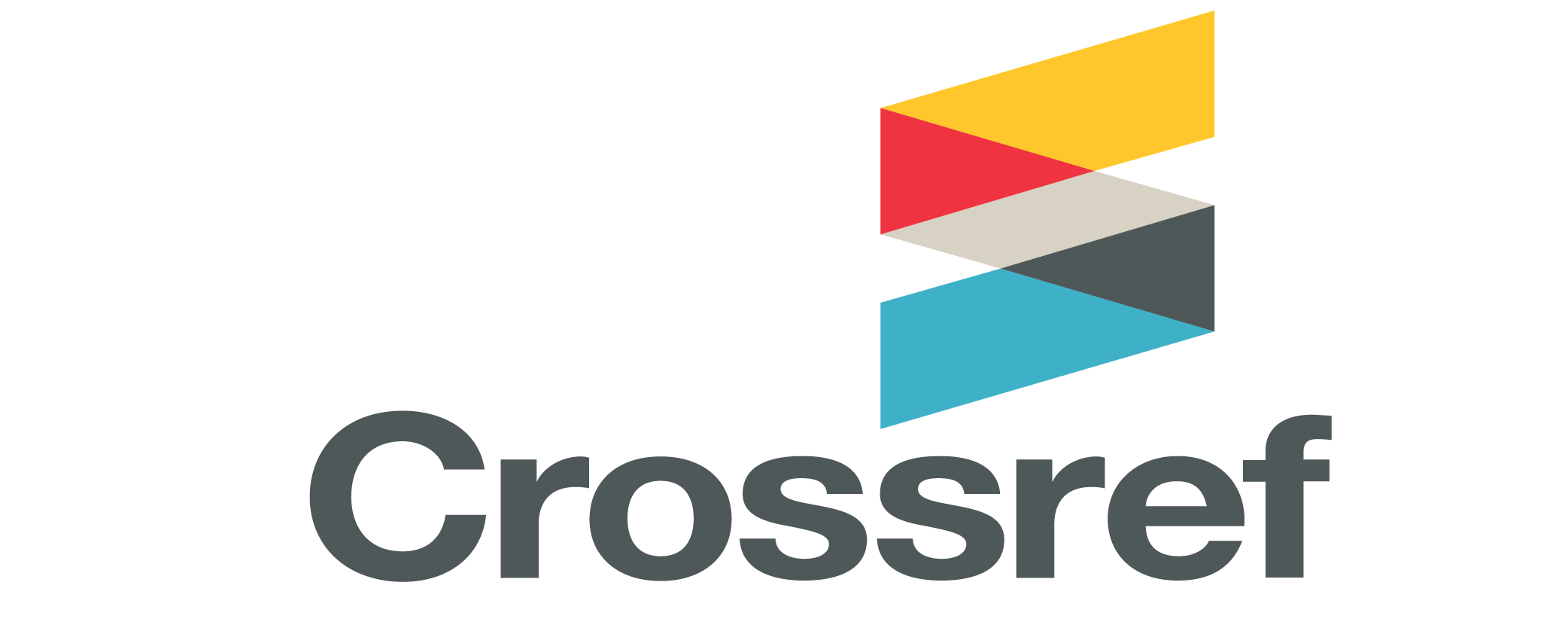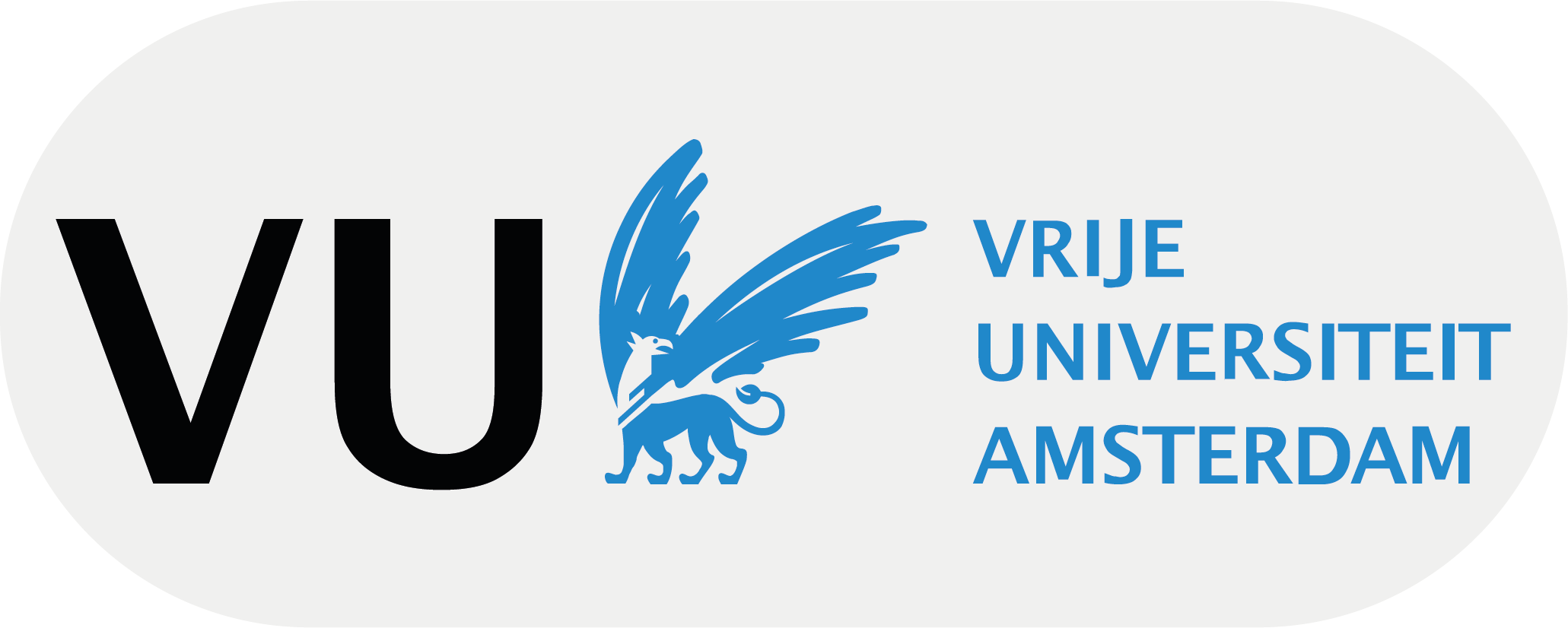Vol. 10 No. 4 (2025) Current Issue
##issue.tableOfContents##
Materials Sciences
-
Study of Rotating and Jet Plasma Treatments on Surface Wettability of Glass
67-79Views:44This work investigates the wettability properties of a glass surfaces by using atmospheric pressure cold plasma systems. Treatments were performed by using a rotating-head unit and a jet-type torch during the plazma treatments. The nozzle-to-surface distance (8–15 mm) and the feed rate (50–400 mm/s) were modifying. The untreated glass showed limited wetting, with average water and ethylene glycol contact angles (WCA and EGCA) of 64.7° ± 1.8° and 45.2° ± 1.5°, respectively. After plasma treatment, both systems showed clear improvements, although their efficiency profiles were different. Using the rotating plasma head at 8 mm and 100 mm/s speeds, the WCA decreased to 9.3° ± 0.8°, indicating almost complete wetting. Jet plasma achieved similar results (WCA = 14.1° ± 1.2°), but slightly less uniformly. Changes in wettability were closely related to the exposure time determined by the feed rate: slower movement increased activation, while overexposure occasionally resulted in small thermally induced surface marks that were visible under an optical microscope. As the results showed the rotating plasma reached more homogeneous activation, while the jet system provided stronger local effects at a lower energy input. Based on these results the atmospheric plasma is effective in increasing the surface energy. Rotating systems appear to be advantageous for large, flat areas, while jet plasma is better suited for localized surface modification aimed at improving adhesion or coating performance.
PDF30
Economics
-
Sustainability in Urban Waste Management: The Efficiency of Electric Waste Transport Vehicles
1-18Views:260This study evaluates the long-term economic feasibility of electric waste collection vehicles (EVs) as a sustainable alternative to diesel-powered counterparts in urban municipal services. Using real operational data from a Hungarian waste management company, we developed a total cost of ownership (TCO) model spanning 10 years, which incorporates investment costs, energy consumption, maintenance, depreciation, and battery replacement. Our analysis reveals that although EVs require a significantly higher upfront investment (€350,000 vs. €183,200), their lower operational and maintenance costs result in a break-even point around year 8. When accounting for a €50,000 battery replacement in year 6, the total 10-year cost of the EV remains lower (€431,769 vs. €450,914) than the diesel vehicle, resulting in a net saving of €19,145. The study emphasizes the significance of local energy prices and service structures in assessing fleet electrification. While the findings are based on Hungarian data, the proposed methodology can be adapted internationally to support data-driven decision-making in sustainable waste logistics.
PDF14
Management Sciences
-
Improving Emergency Call Accessibility via Location Technologies in Romania
19-36Views:247This study examines Romania’s progress in emergency caller location technologies and accessibility between 2020 and 2024, within the broader European context. Applying a PRISMA-informed review methodology, it draws on official reports, academic sources, and EU regulatory data to evaluate the implementation of Advanced Mobile Location (AML), HTML5 geolocation, and the Apel 112 mobile application Romania was among the first EU countries to deploy AML and subsequent performance metrics indicate notable advancements in geolocation accuracy through hybrid handset- and network-based methods. However, despite these advancements, the adoption of the Apel 112 app has declined, raising concerns about user trust, public awareness, and accessibility. To assess system inclusiveness, this study applies the International Classification of Functioning, Disability and Health (ICF) framework. Findings reveal that persons with hearing, speech, and cognitive impairments continue to face substantial barriers due to the absence of real-time text (RTT), video relay services, and universally designed interfaces. These results support both hypotheses: Romania has strengthened its technical infrastructure for caller location (H1), yet persistent accessibility and interoperability limitations remain (H2). The study concludes that inclusive design, user education, and cross-platform compatibility must become priorities for emergency communication policy to ensure equitable access for all users.
PDF11 -
The Role of Quality 4.0 in Business Process Management: a Bibliometric Study
37-56Views:148Quality 4.0 builds on the principles of Industry 4.0 to improve quality management. Integrating Quality 4.0 into Business Process Management (BPM) examines how digital technologies enhance process efficiency and innovation. The main research question is how Quality 4.0 can be aligned with existing BPM frameworks and how the digital transformation of traditional quality management techniques facilitates efficiency. A bibliometric analysis was conducted using the Scopus database, employing keyword analysis, link mining techniques, and network mapping to identify research trends and gaps. The results show the main directions of research on integrating Quality 4.0 and BPM and highlight implementation barriers such as organizational resistance and the need for strategic alignment. The study also suggests directions for future investigation, including the development of standardized frameworks for evaluating digital BPM outcomes and exploring emerging debates around human-centric, sustainable, and resilient approaches reflected in Industry 5.0 and Quality 5.0.
PDF18
Mechanical and Vehicle Engineering
-
Thermoelastic Analysis of Functionally Graded Spherical Bodies Using Deep Neural Networks
57-66Views:100This paper deals with the numerical analysis of functionally graded spherical bodies subjected to combined thermal and mechanical loads. A method is presented to train deep neural networks to approximate the important solutions. We outline two approaches for generating the training dataset for a deep neural network, followed by a method for creating the neural network itself. Then, through a numerical example, we investigate the axisymmetric problems of radially graded spherical bodies (e.g., ideal spherical pressure vessels). Based on the results obtained, we evaluate the accuracy of solving the outlined problem using the proposed neural network.
PDF12


